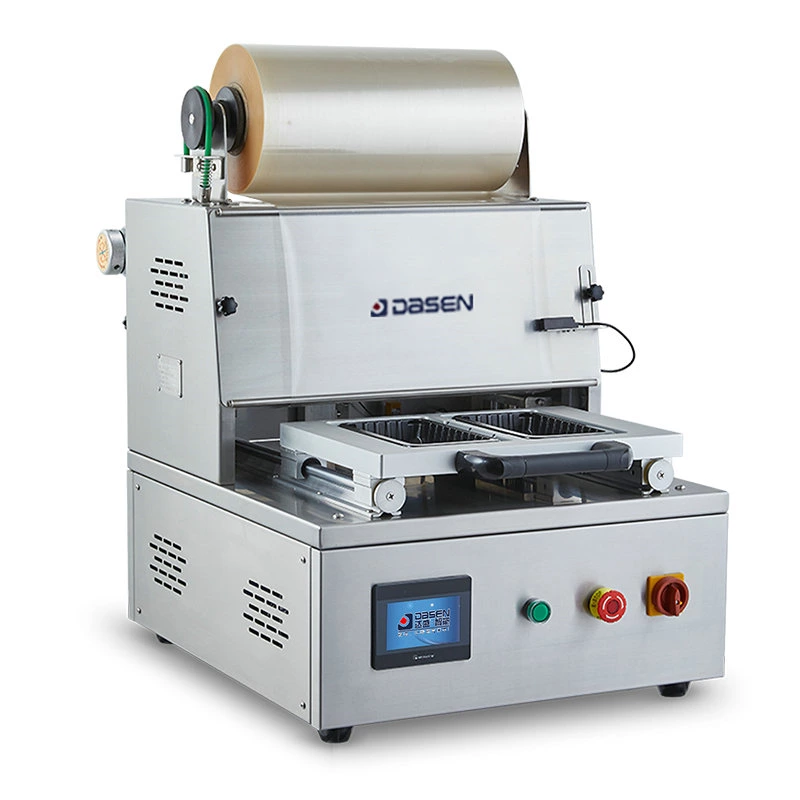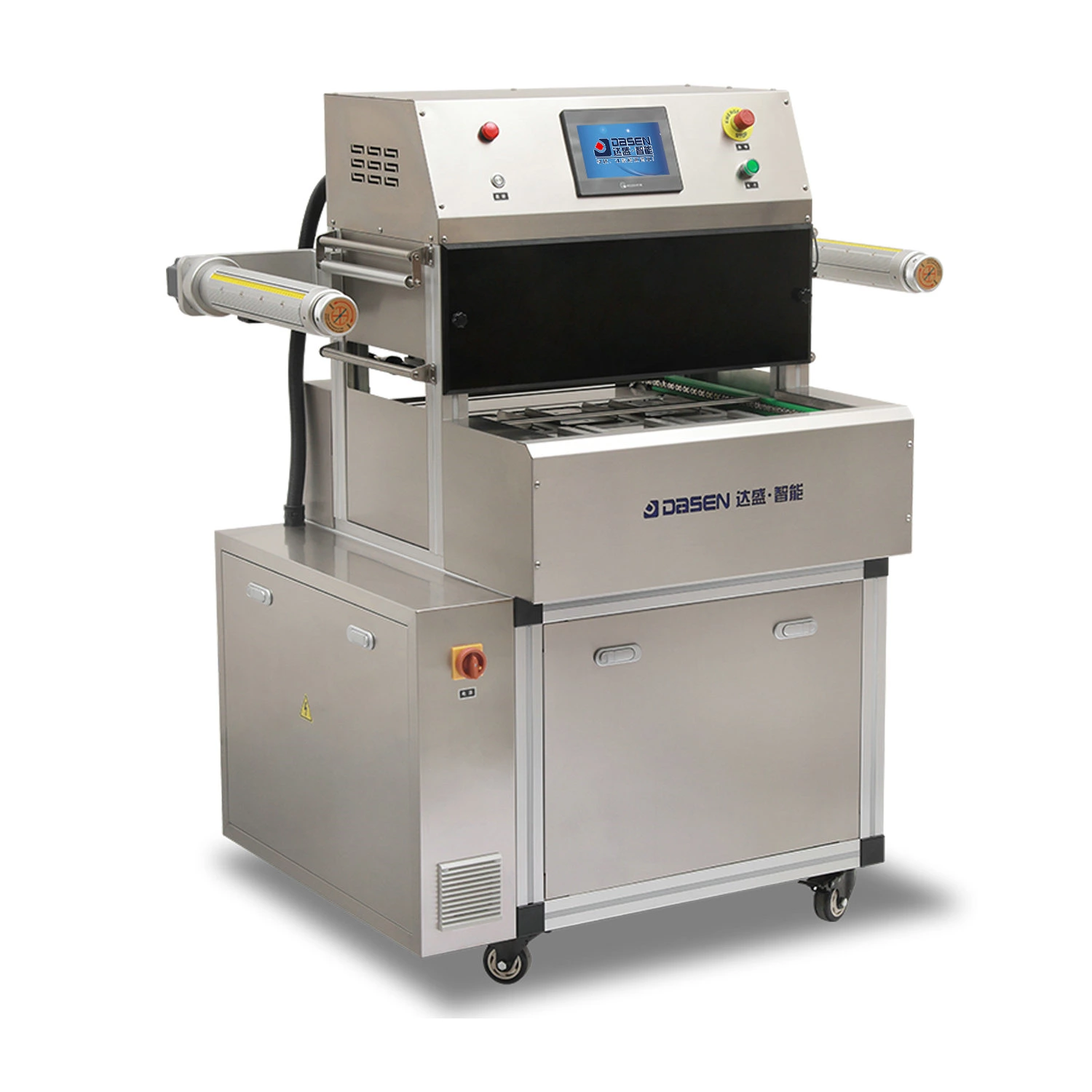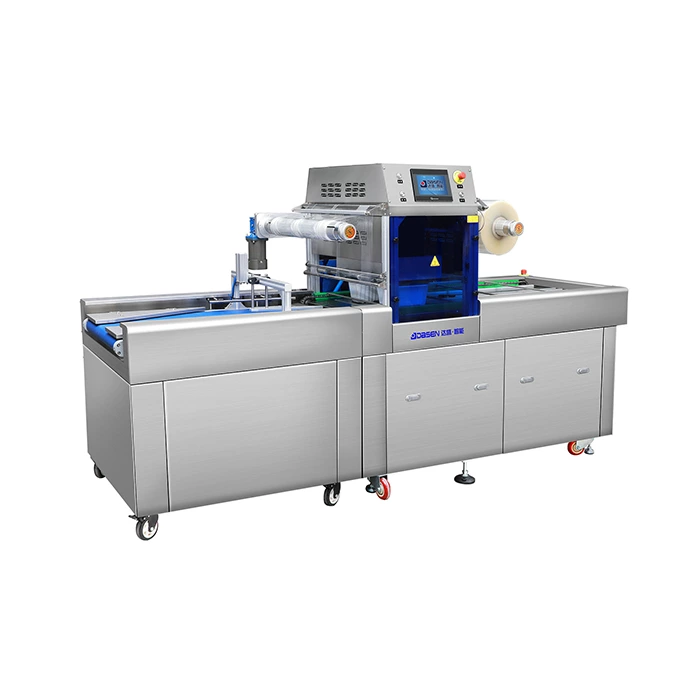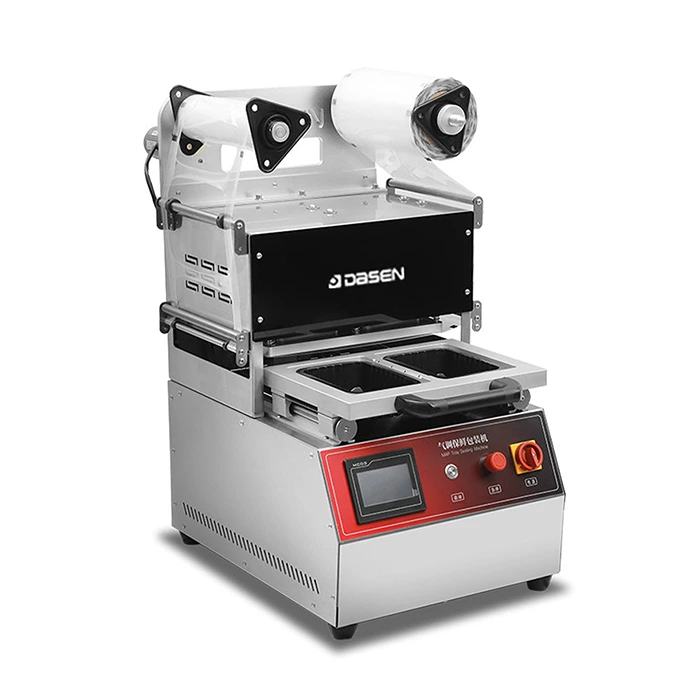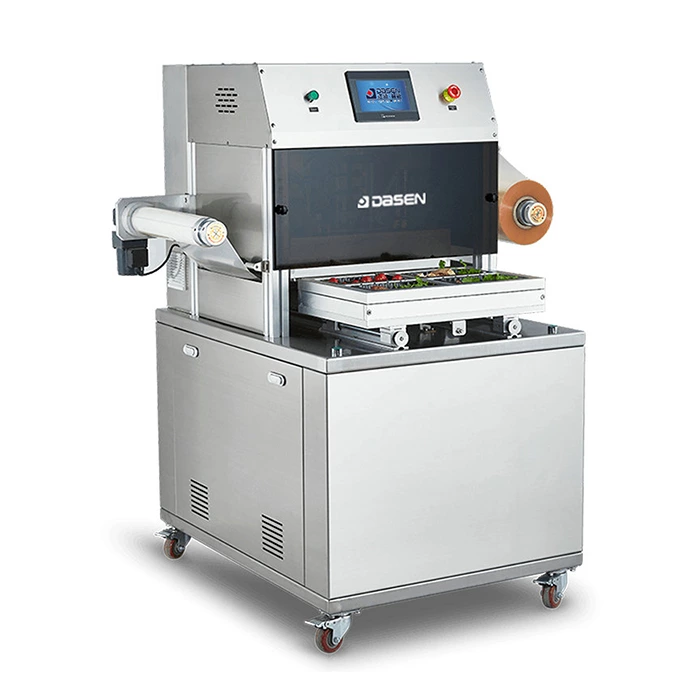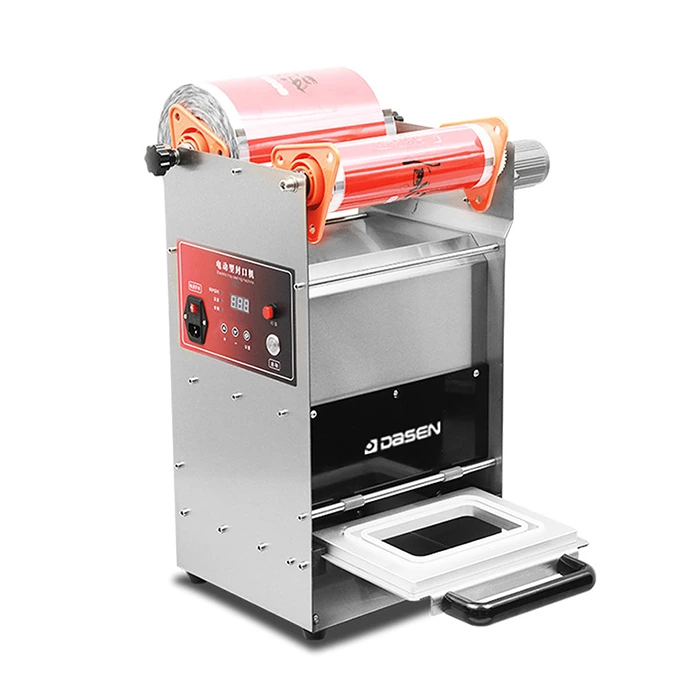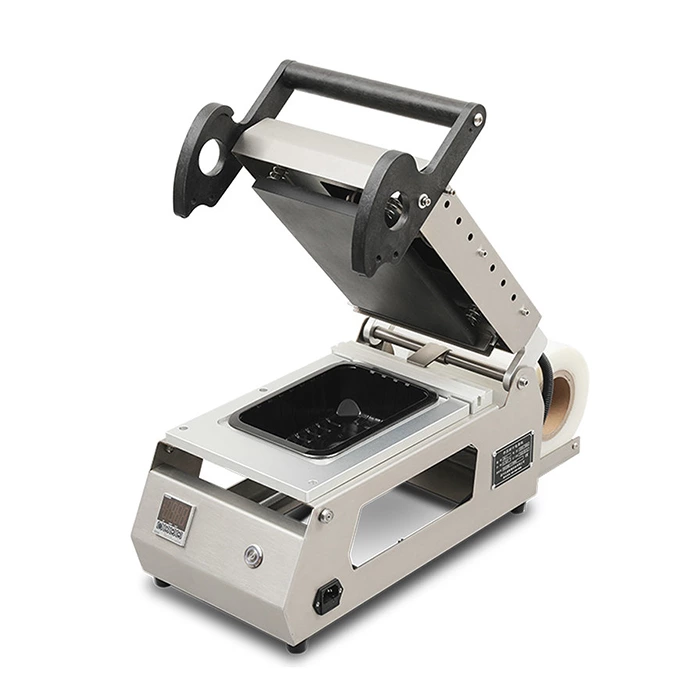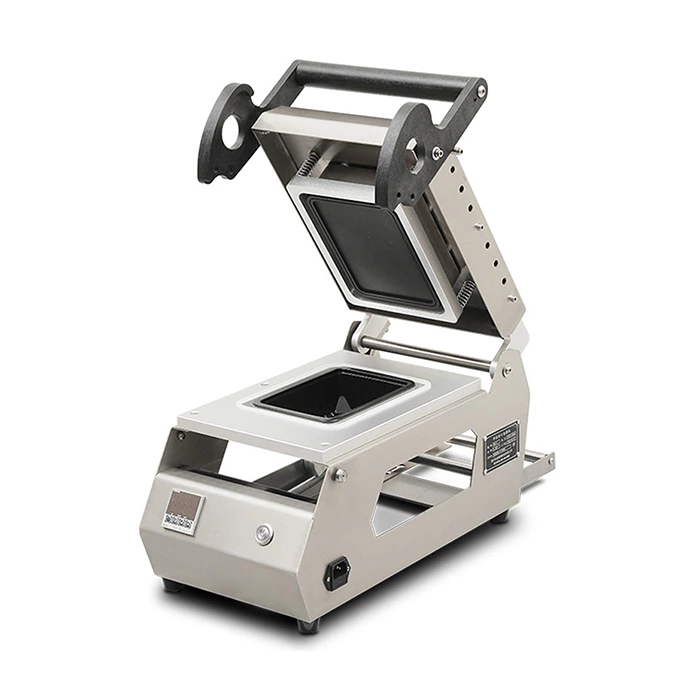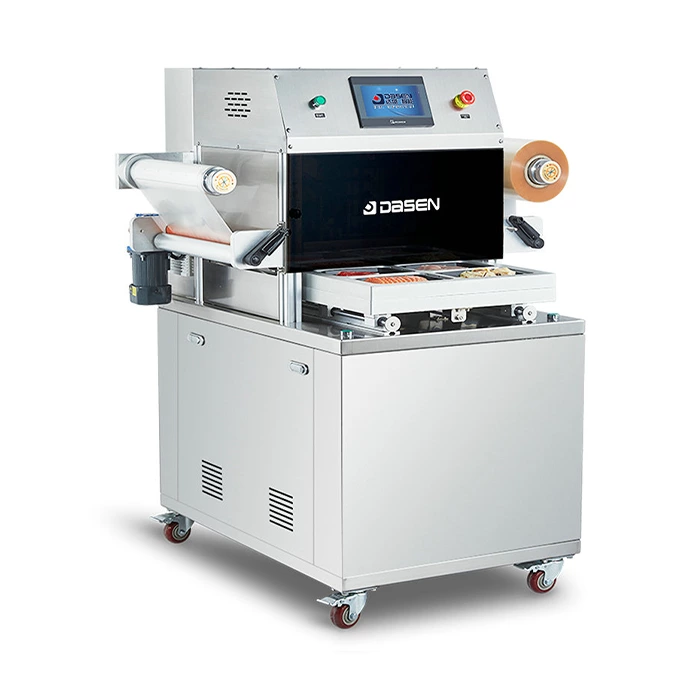What Is The Function Of A Small Vacuum Packaging Machine?
As people's professional knowledge increases, they all know more or less about vacuum packaging technology. As for the role and significance of using Map Tray Sealing Machine, vacuum packaging is a kind of packaging that protects products from environmental pollution, prolongs the shelf life of food, and improves the value and quality of products. Vacuum packaging technology originated in the 1940s, so what is the role of a small vacuum packaging machine?
What is the role of a small vacuum packaging machine?
1. The mechanism of vacuum packaging: Its purpose is to reduce the oxygen content in the package, prevent the packaged food from spoiling, maintain the color and flavor of the food, and prolong the shelf life.
2. The main function of a small vacuum packaging machine is to deoxygenate, which helps prevent food from spoiling. Its principle is very simple, because food spoilage is mainly caused by the activity of microorganisms, and most microorganisms (such as molds and yeasts) need oxygen to survive. Vacuum packaging uses this principle to extract oxygen from packaging bags and food cells, so that tiny things lose their "living environment." Experiments show that when the oxygen concentration in the packaging bag is less than or equal to 1%, the growth and reproduction rate of microorganisms will drop sharply; when the oxygen concentration is less than or equal to 0.5%, most microorganisms will be controlled and stop reproducing. (Note: Vacuum packaging cannot control the reproduction of anaerobic bacteria and food deterioration and discoloration caused by enzyme reactions. It needs to be combined with other auxiliary methods, such as refrigeration, quick freezing, dehydration, high temperature sterilization, irradiation sterilization, microwave sterilization, salting, etc.)
3. In addition to the oxygen preservation function of vacuum packaging, the main functions of vacuum packaging are pressure resistance, gas barrier, and freshness preservation, which can more effectively maintain the original color, aroma, taste, shape, and nutritional value of food for a long time. In addition, many foods are not suitable for vacuum packaging and should be packaged with vacuum inflation. For example, crispy and fragile foods, solidified foods, easily deformed and greasy foods, foods with sharp edges, and foods that break through hard packaging bags. After the food is vacuum filled and packaged, the filling pressure in the packaging bag is higher than the atmospheric pressure outside the packaging bag, which can effectively prevent the food from being compressed and deformed, and does not affect the appearance and printing decoration of the packaging bag.
4. After vacuuming and packing, fill with nitrogen, carbon dioxide, oxygen, or a mixture of two or three gases. Nitrogen is an inert gas that fills the bag, maintains positive pressure inside the bag, and prevents air from entering the bag, thus protecting the food. Its carbon dioxide dissolves in various fats and water to generate weakly acidic carbonic acid, which has the activity of controlling microorganisms such as mold and spoilage bacteria. Its oxygen can control the growth and reproduction of anaerobic bacteria, maintain the freshness and color of fruits and vegetables, and high-concentration oxygen can keep fresh meat bright red. Fresh fruits and vegetables will not lose nutrition.
